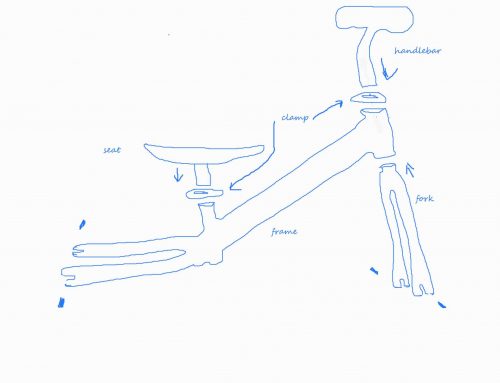The first balance bicycle was named the dandy horse and was invented by Karl Drais in 1817.
The dandy horse was the first means of transport to make use of the two-wheeler principle, is regarded as the archetype of the bicycle. Also known as a Laufmaschine, German for “running machine”, the dandy-horse was a two-wheeled vehicle, with both wheels in-line, propelled by the rider pushing along the ground with the feet as in regular walking or running. The front wheel and handlebar assembly was hinged to allow steering.
Several manufacturers in France and England made their own dandy-horses during its brief popularity in the summer of 1819—most notably Denis Johnson of London, who used an elegantly curved wooden frame which allowed the use of larger wheels. Riders preferred to operate their balance bikes on the smooth sidewalks instead of the rough roads, but their interactions with pedestrians caused many governments worldwide to enact laws prohibiting their use.
Later designs avoided the initial drawback of the first balance bike when it had to be made to measure, manufactured to conform with the height of its rider by having an adjustable saddle.
However, in the 1860s in France, the adult balance bike was succeeded by the velocipede bicycle which was created by attaching rotary cranks and pedals to the front-wheel hub of a dandy-horse, after the users no longer feared balancing.



Leave A Comment